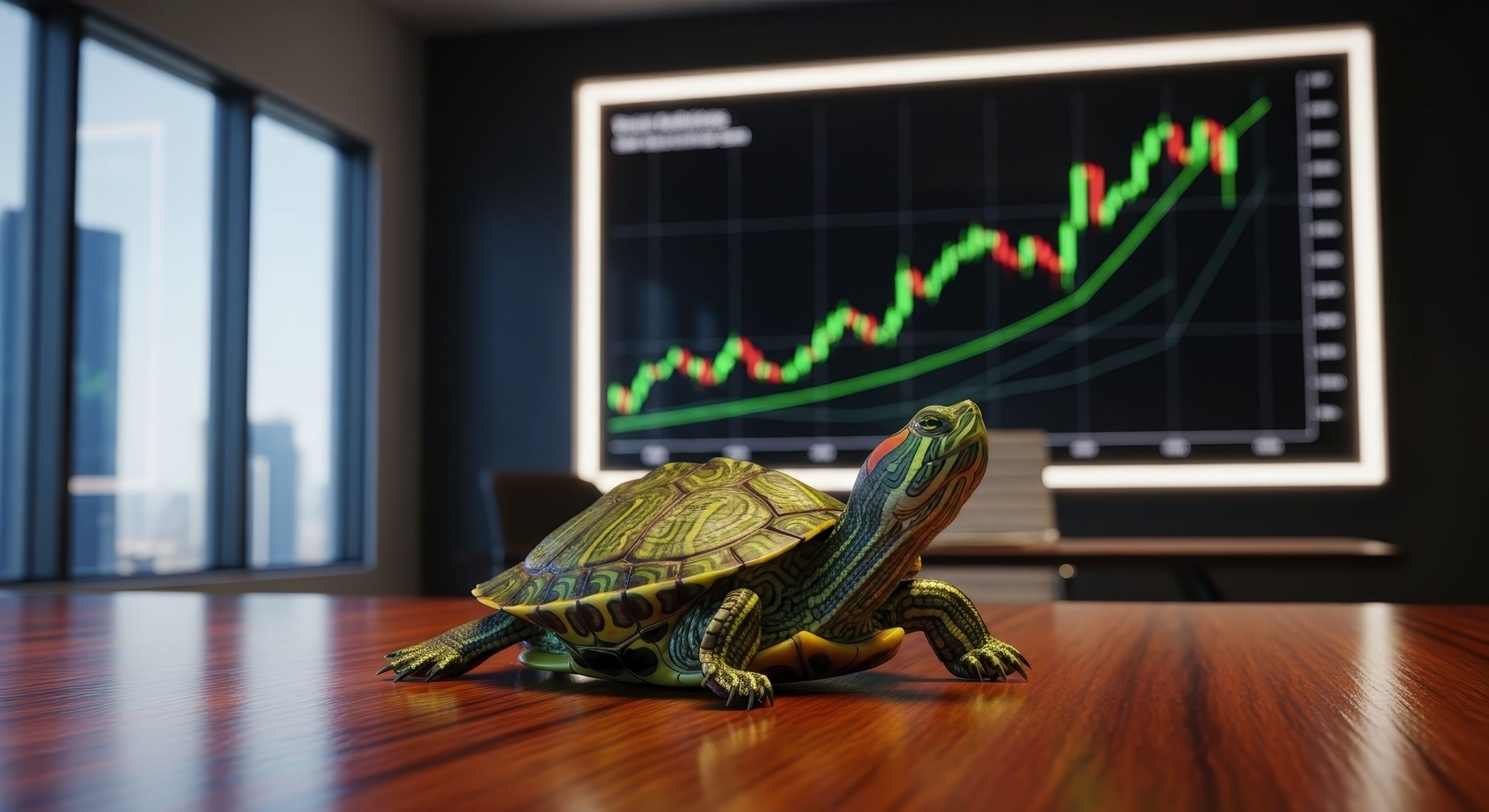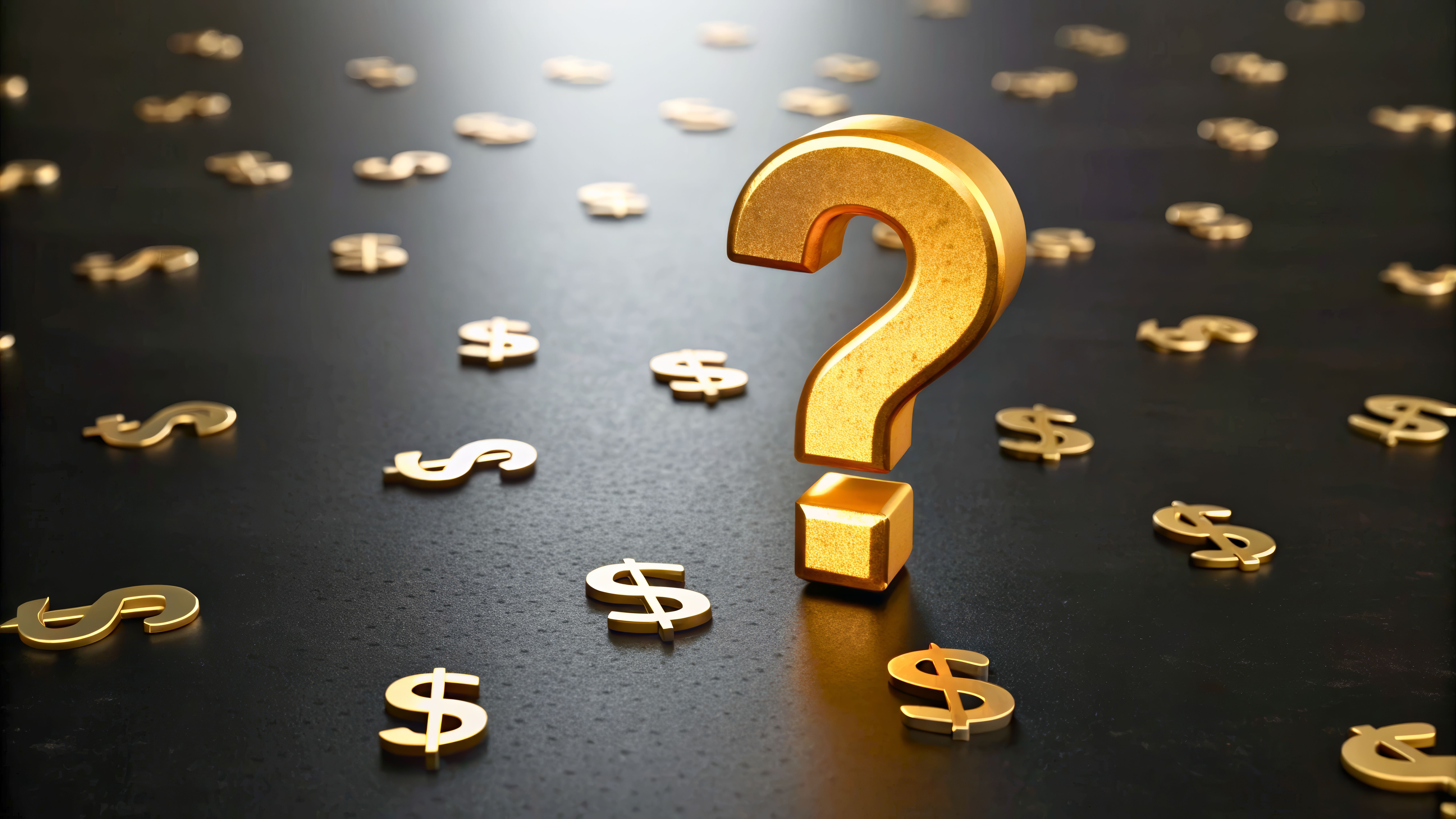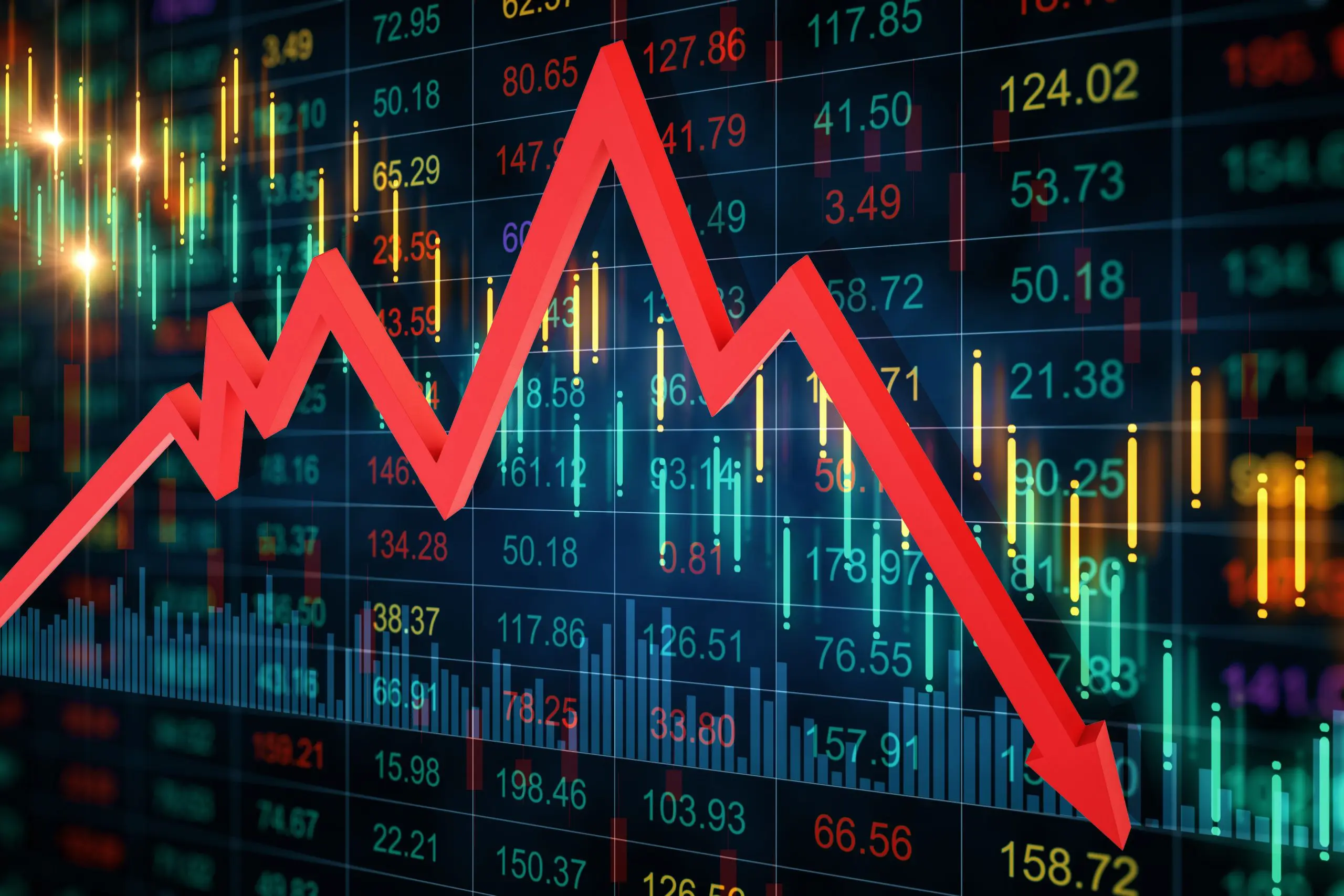As more and more people become aware and concerned about the environmental dangers that lurk all around us, they’ve tried steering some of their dollars toward companies that are looking to improve the world, or at least not allowing it to deteriorate any farther.
That has led to an increase in socially-conscious investing, often through mutual funds and ETFs (exchange traded funds). The broad category, known as SRI (Sustainable, Responsible and Impact Investing), considers the sustainability and ethical impact of investing in a company or an industry. It’s not a one-size-fits-all approach. Some funds focus on the environment and climate change, while others concentrate on labor management, diversity, human rights, and other issues.
What is Sustainable, Responsible and Impact Investing?
SRI investing is not new but it gained a degree of prominence in the 1980s. Originally known as “Socially Responsible Investing,” it concentrated on excluding certain companies from your portfolio, such as those supporting the apartheid regime in South Africa. Now, SRI focuses on more inclusionary practices, encouraging people to invest in companies that are taking proactive measures to do the right thing.
Now it’s getting a new look from a generation of investors worried about climate change and the sustainability of our planet. The new name—Sustainable, Responsible and Impact Investing—relies on three pillars called “Environmental, Social, and Governance” (ESG) criteria that are used to evaluate potential investments.
Top Issues for SRI Investors
The top three issues for SRI investors are climate change, tobacco, and global conflict risk, according to US SIF, a non-profit forum for the industry. It says that investments in SRI funds soared to nearly $12-trillion in 2018, up 38 percent in two years.
Do I Have to Give Up Returns with SRI Investing?
From an investment standpoint, how do these socially-conscious funds stack up against competitors that do not have these restraints? Several recent studies from Wall Street firms and academia show these funds hold their own in terms of return on investment. Sustainable funds that have been around for seven years or more had higher or equal median returns to traditional returns 64 percent of the time, according to a recent review by Morgan Stanley.
Morningstar gives a 4-star or 5-star rating to more than a dozen of these socially-conscious funds. Well-known fund groups that offer ESG funds that have been around for a while include Parnassus, TIAA-CREF, Calvert, and Domini. There are also some newer ETFs from iShares and others. Bloomberg last year counted more than 200 funds and ETFs that qualify as ESG or SRI, and some have shown a return of 25 percent or more so far this year.
The bottom line is you do not need to sacrifice return to combine your investment strategy and personal values.
What Stocks are Included in an SRI Fund?
Analysts point out that what often separates these funds from traditional ones are the stocks that are excluded, as much as what is included in their portfolios. For many of these funds and ETFs, that means avoiding investments in companies that profit from alcohol, firearms, gambling, nuclear power, pornography, and tobacco.
More Ways We Can Practice Socially Conscious Behaviors
The World Wildlife Federation notes that we are the first generation to know that we’re destroying the world, and we could be the last that can do anything about it. While investing with a social conscience is one way to do your part, there are many ways—big and small—that we can all contribute to a cleaner, more sustainable planet.
Combating climate change, pollution, and waste is a massive problem. Saving the planet is certainly not a one-person job, but it is something all of us can participate in without making great sacrifices. It does, however, require that we are conscious of the choices we make and the way we do everyday chores, from brushing our teeth to recycling. We pass these habits and values on to our children and grandchildren during our daily activities. To support that, next week we will discuss behavior modification. There are so many ways we can individually change our behavior inside of our daily routines. Every change, even small ones, can start to make a real difference and help put us on a path to improving our environment.
To learn more about how you can incorporate SRI into your portfolio, please call your EKS Advisor.
This is part 1 of a two-part series that discusses how each of us can contribute to improving our planet. Read Small Steps Can Have a Big Impact to learn what you can do inside of your daily lives.



